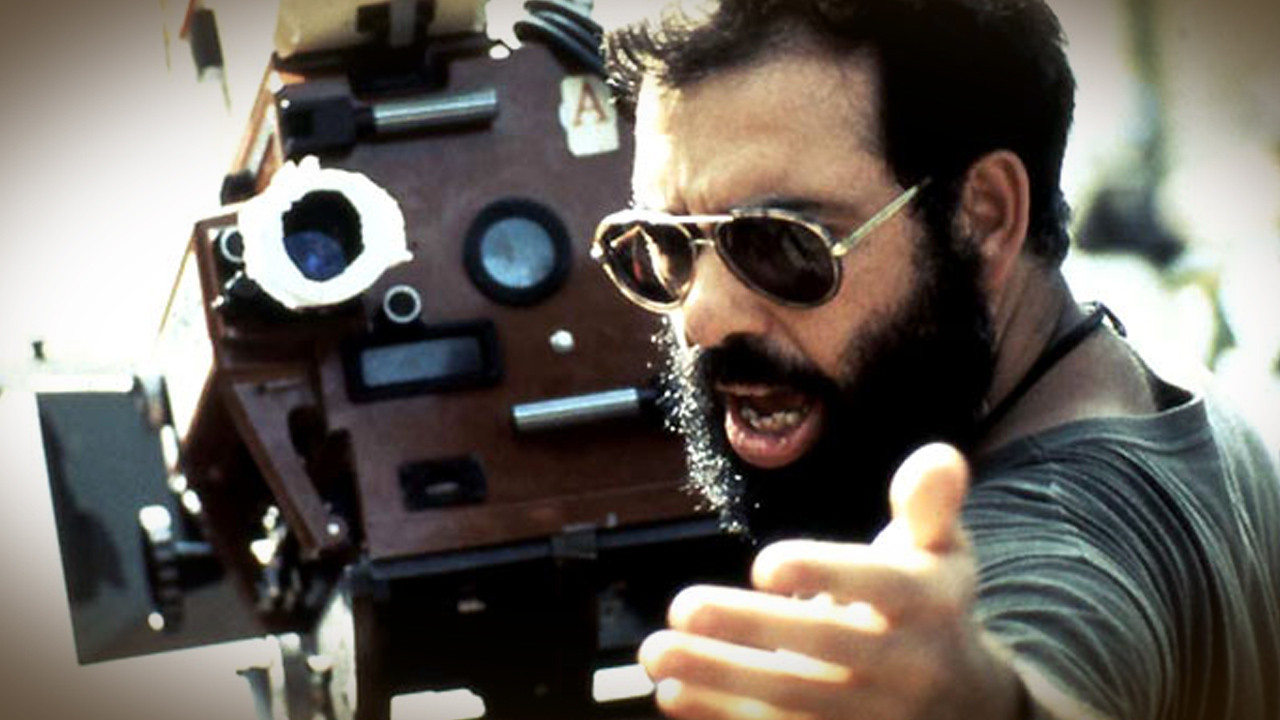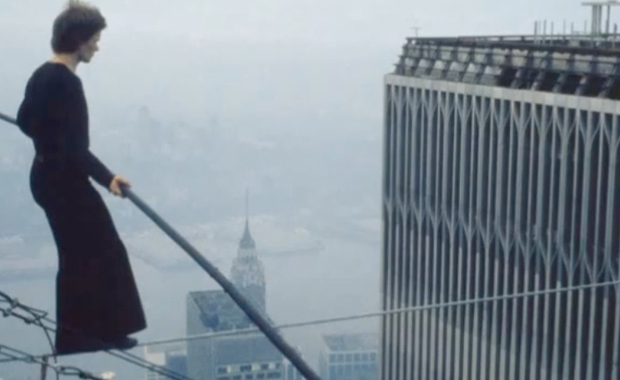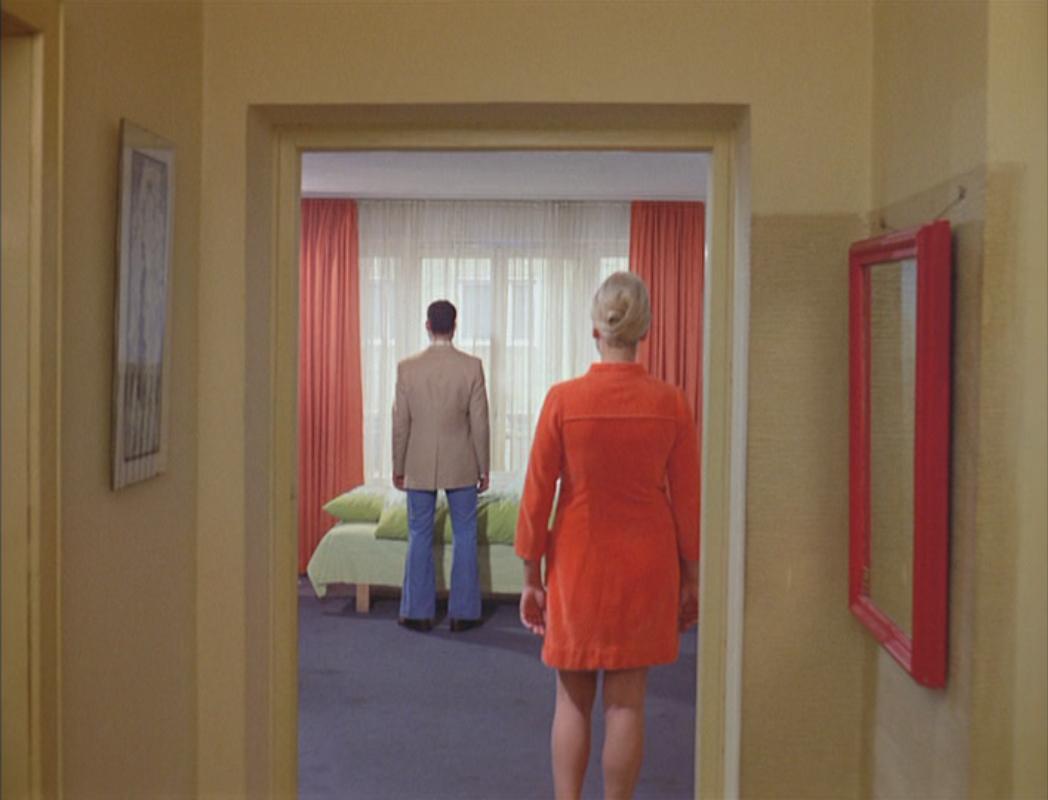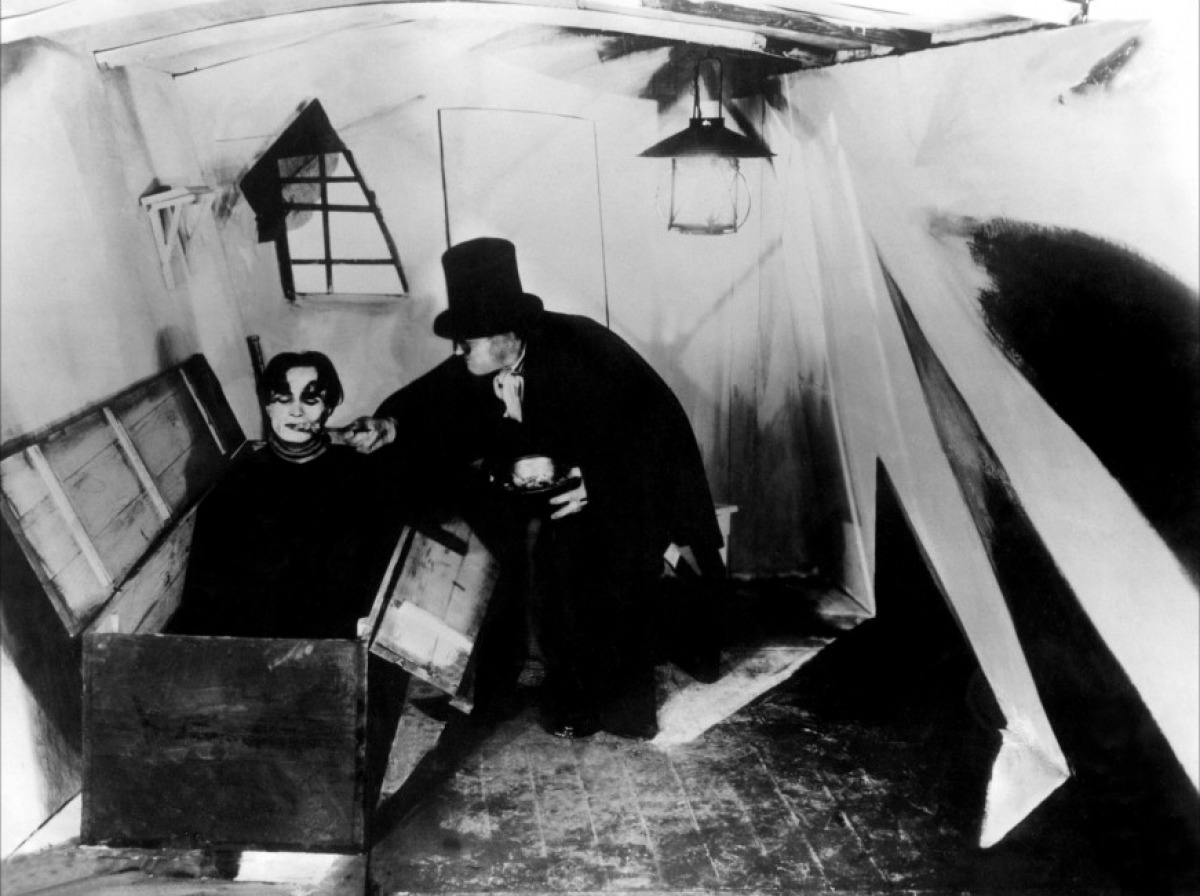5. Heart of Darkness: A Filmmaker’s Apocalypse (1991)

This documentary from 1991 follows the production of the praised Francis Ford Coppola film “Apocalypse Now” (1979). The title of the documentary stems from the Joseph Conrad novella “Heart of Darkness,” which was also the source material for “Apocalypse Now,” thus everything seems to go in a perfect circle.
“Heart of Darkness: A Filmmaker’s Apocalypse” consists of behind-the-scenes footage as well as later interviews with members of the original cast and crew, and it illuminates some of the major issues that ensued in the making of the film, such as increasing costs, weather issues, delays and the health issues of actors.
It feels like a very honest look behind the scenes and it strips the otherwise quite beloved director Coppola of all defences, both showing him at his weakest and most relentless self, but also, in essence, as a great and brave filmmaker. It gives the audience a feel of the industry like nothing else, and it’s both terrifying and intriguing at the same time.
A scene like the opening shot of a bloodied Martin Sheen breaking down is given new meaning when improvisation and the relationship between the actor and the director is brought to light, and a beloved film is suddenly explored in completely new ways, which is quite revealing. But it’s not just about “Apocalypse Now”: it’s also an illumination of the industry and a comparison of how American films were made back in the 1970s, compared to how they are made today and in other decades. It’s a look at how something that in many ways seemed impossible and reckless turned out into one of the most critically acclaimed films ever.
4. The Young Offenders (2016)

It would seem wrong to already pronounce a film that came out in 2016 a ‘classic,’ but nonetheless, “The Young Offenders” has shown its worth, and although time will only tell how it ages, for now it’s a great addition to this list.
Not only because it is recent and fresh, but also because the genre it represents is often overlooked when talking about ‘great films’ and ‘classics’ – because “The Young Offenders” is, in its purest form, a comedy. It’s neither arthouse, nor is it provocative or revolutionary in its narrative; however, it is extremely charming, silly, authentic and funny, which has turned out great.
The true story of Ireland’s biggest cocaine seizure in 2007 is the background for this road movie, which follows best friends Conor and Jock from Cork, who search for money as well as some kind of meaning to their teenage lives.
Aside from the great pairing of the two friends who are quite dim-witted and entertaining, there’s also an array of other characters that all have their own characteristics and weird stories, and every scene is funnier and crazier than the one before it. And it is a crazy film, but it is consistent in being so, which is where the success truly comes into play.
It’s liberating to have a film that isn’t afraid of a conventional storyline and doesn’t take itself too seriously, but instead dwells in its own particular charm, daft lead character, and relatable story of a local community, family and friendship.
3. Man on Wire (2008)

Philippe Petit is an enticing man, and so is the documentary “Man on Wire,” which follows his attempt and success at wire walking between the New York twin towers. Following the years prior of dreaming of the towers (then the world’s tallest buildings), as well as the eight months Petit and his friends stayed in New York planning the difficult and highly illegal accomplishment, the audience gets an intense and passionate look into the preparations that went into the event. An event that lasted about an hour of Petit walking and laying down on the wire, until police finally forced him down and took him into custody.
It’s an extraordinary adventure which the James Marsh documentary presents, and a firsthand look into the world of Petit with interviews from both himself and his closest accomplices and friends, who all helped him in one way or another in performing this unique and artistic crime.
However, although the heart of the film is the story of Petit and his dare, the film is also a success because of the filmmaker’s choices, such as the use of black and white, the editing, the found footage, and the subtle and slow pace at which the viewer gets closer and closer to Petit. It almost results in a feeling of having a friend in him, and it all helps underline a sense of memory, excitement and wishful thinking.
The thrill of following Petit and his friend’s plan, them almost getting caught and their shared excitement when things go their way, is empowering. They go to great lengths to reach their goal, they always share a sense of passion and pleasure, and the fact that death only seems relative to Petit is both unnerving and fascinating. It’s a look at pushing your own limits to the extreme as well as it’s a look into a world most people will never understand, and at the same time, the audience can’t help but also admire and somewhat wish for that sort of life on the edge.
In the end, the documentary is a refreshing look at human life, art, obsession and love. It has an emotional ending, and without even attempting to explain it, it shows us the confusing magnificence of Petit’s lifestyle.
2. Angst essen Seele auf (1974, Ali: Fear Eats the Soul)

Rainer Werner Fassbinder’s classic “Angst essen Seele” auf is the story of a German woman, Emmi, in her mid-60s, who falls in love with a much younger man. But Ali is not just a young man; he is also a Moroccan immigrant, which causes some issues for them.
Because when they, mad in love, spontaneously decide to marry, society and friends aren’t exactly accepting. Rather, they are appalled, and they take no issue in letting Emmi and Ali know exactly what they think. However, slowly it goes from being the prejudices of other people that is worrisome, to being their own uncertainty of the future that starts to creep in on them, and their relationship grows tentative.
The film has through time underlined just how timeless subjects of forbidden love, immigration, age differences and prejudice truly are, and therefore, the film is as relevant as ever. Other films have dealt with such matters as well, but it’s Fassbinder’s simple style and the way he elegantly avoids any excess that makes “Angst essen Seele auf” stand out.
Fassbinder was a prolific auteur, which shows in the fact that he not only directed the film, but also took it upon himself to write the script, design the set and produce the film. The thoroughness has ensured that the film is nowhere as obvious as in the beautiful set design. The colour scheme is so specific and visually interesting – and yet quite subtle – that it enhances the film’s themes and makes it entirely unique.
The performances of Brigitte Mira and El Hedi Ben Salem as Emmi and Ali are also worth mentioning, seeing as they are superb together and their chemistry shines through; they act with such sympathy and charm that their love seems so very natural, and it is ever so heartbreaking when it’s tested again and again.
1. Das Cabinet des Dr. Caligari (1920, The Cabinet of Dr. Caligari)

A film certain to be mentioned in any film or art class, it is a film that shouldn’t be forgotten and hopefully never will be. Not surprisingly, it has a 100% on Rotten Tomatoes, but still, it happens to be looked over when more recent and exciting art, horror or absurd films are praised, and therefore it’s worth mentioning.
“Das Cabinet des Dr. Caligari” is a German Expressionist silent film from 1920 that is often mentioned as one of the first horror films ever, and it is, in many ways, a predecessor for not only the horror genre, but films in general. It follows a man named Francis who tells the story of how he once went to a fair with his friend Alan, where they met Dr. Caligari, who was exhibiting the somnambulist Cesare. Cesare could predict the future, and so, when he predicted that Alan would die soon, the prophecy the came true the next day. Alan was murdered, and further strange occurrences of more murders, mental asylums and dark nights ensue.
The film has especially garnered continued interest because of its expressionistic use of scenography. A reaction to realism, the period saw a break from reality, and instead made use of crooked backdrops, harsh and diagonal lines, distorted figures, dark tones, painted shadows, and “Das cabinet des Dr. Caligari” is a prime example. It underlines the uncomfortable themes of paranoia, duality and fear, and the cinematography, architecture and lighting hereby both suit the narrative as well as the period of that time. And so, the confused interior world of the characters is expressed through the means of the exteriors.
The film might not be the scariest watch for the average viewer today, but perhaps that isn’t important. For even though it is a horror film, it is the visuals, the thrill, and the look into film history that makes all the difference here.
Author Bio: Dicte Houmøller is from denmark. She studies dramaturgy. She sometimes avoids writing letters with caps. She tries to read all literature. She is quite interested in art history. She has a fondness for hip hop as well as jazz. She dreams of writing screenplays. but first and foremost, Dicte really loves cinema.